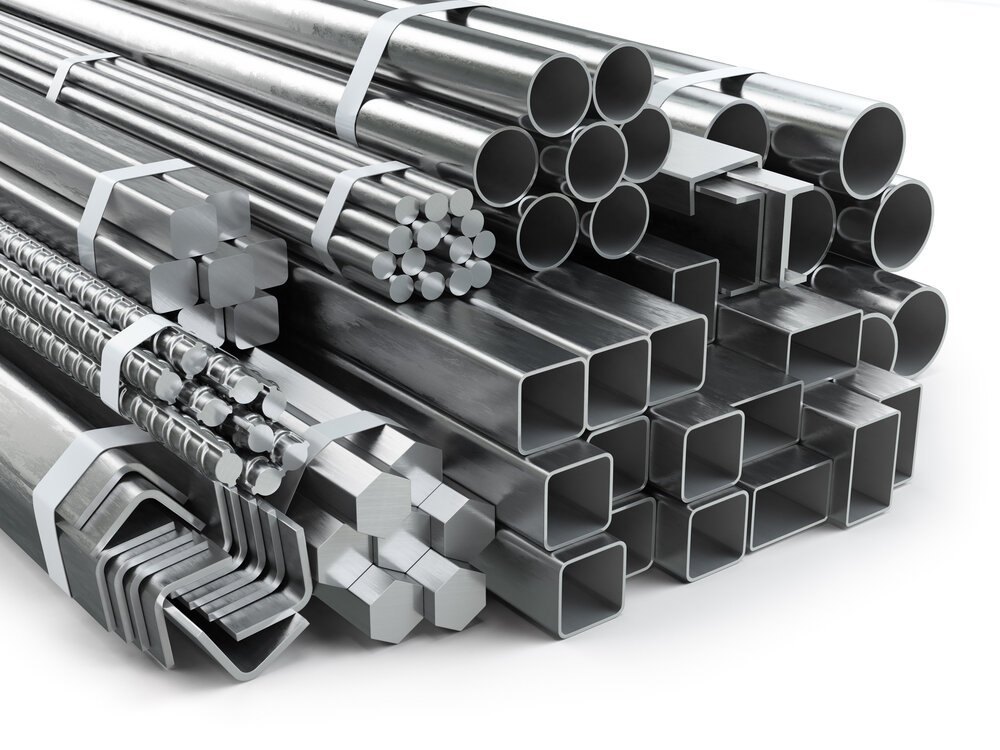
In a world where space is a premium commodity, warehouses and industrial facilities are under increasing pressure to store more in less space. Whether dealing with irregularly shaped stock or materials that don’t conform to conventional shelving systems, maximising storage efficiency is not just a logistical challenge—it’s a business necessity.
Optimising how space is used can translate into measurable gains. When done correctly, it reduces waste, increases productivity, and allows for safer operations. The first step to achieving this often lies in reassessing your existing layout, including racking systems, traffic flow, and accessibility.
Understanding the Nature of the Inventory
Standard racking systems are great for boxes and pallets, but not every inventory fits this mould. Items like timber, pipes, or sheet materials are notoriously difficult to store using traditional pallet racking. These require thoughtful consideration to prevent bottlenecks in accessibility or damage to goods during retrieval.
The nature of the inventory should inform the type of storage implemented. For example, vertical storage can be used for long, slender items, while heavier or bulkier materials may need support from multiple anchor points. Systems must not only accommodate the product but also enable easy loading and unloading by forklifts or cranes.
Safety First, Always
Poor storage design can lead to operational hazards. Items stored inappropriately may fall, become damaged, or pose a risk to staff. By taking into account the weight distribution and length of items, safety guidelines can be more easily upheld. It’s also important to consider staff training, regular safety audits, and ongoing inspection of racking systems to prevent issues before they arise.
A proactive safety approach includes integrating protective barriers, secure locking systems, and signs that inform users about weight limits and operational guidelines. These measures help reduce downtime due to accidents or product loss, both of which can be expensive setbacks.
Investing in Adaptability
Modern warehousing demands storage solutions that can adapt as the business scales. The challenge isn’t only about storing more—it’s about storing smarter. Systems that can be reconfigured or expanded allow businesses to remain agile. This is particularly important in industries with seasonal fluctuations or those that frequently introduce new product lines.
Modular racking systems are gaining popularity because they support future scalability. With a bit of upfront planning, warehouses can avoid the disruptive and expensive need to redesign entire storage areas. This foresight enables continuous operations even during periods of growth or change.
Smart Technology Integration
Advancements in warehouse management systems (WMS) and inventory control software are allowing businesses to maximise efficiency with less manual oversight. These technologies offer insights into inventory turnover, shelf life, and order frequency—critical data for deciding how to organise storage zones.
Using data, businesses can apply zone picking, ABC analysis, or just-in-time stocking models to allocate space in a more performance-driven way. When supported by automation like barcode scanning or RFID, staff can locate and retrieve items faster, reducing operational delays.
A Practical Application
Many businesses that handle long or awkward items turn to specialised systems that allow for both strength and accessibility. For instance, cantilever racking provides an ideal solution for warehouses needing to store long, heavy materials such as steel bars, lumber, or pipes. It supports these items securely while still allowing for easy access, offering a highly efficient use of vertical space without compromising safety.
Environmental Considerations
Storage efficiency isn’t just about convenience—it’s increasingly tied to sustainability. Over-stuffed warehouses require more lighting, heating, and cooling, increasing operational costs and environmental impact. An efficient layout reduces excess energy use and can even help businesses comply with environmental regulations or achieve green certifications.
The use of sustainable materials in racking systems is also on the rise. Recyclable components, powder-coated steel, and modular designs that reduce the need for constant replacement are just a few ways warehouses are reducing their carbon footprint while improving storage.
Final Thoughts
Maximising storage efficiency requires a holistic approach—one that factors in the nature of the inventory, safety protocols, technology integration, and sustainability. Whether you’re building a new facility or upgrading an existing one, investing in a well-planned storage system is an investment in long-term profitability and operational stability.




